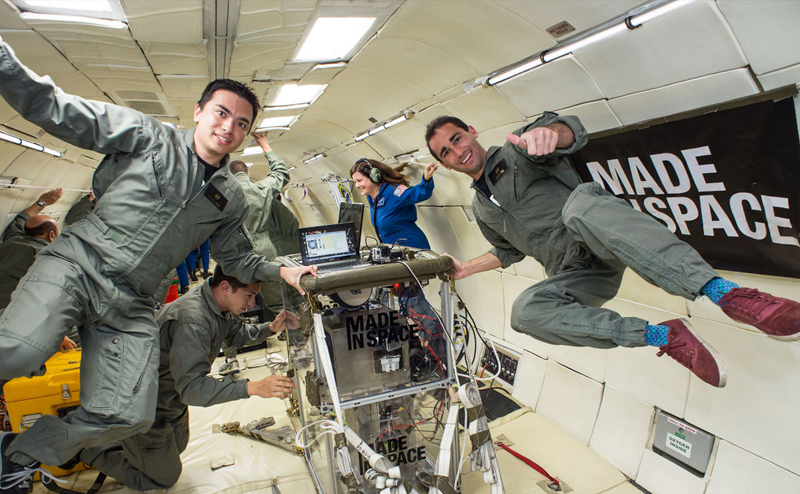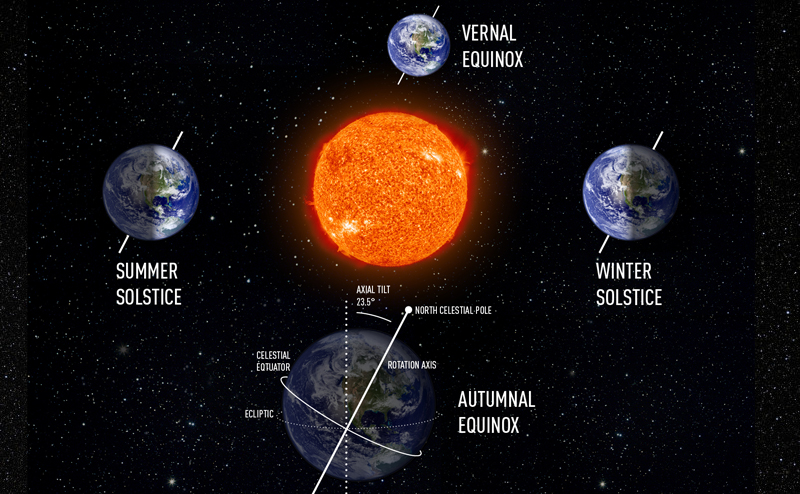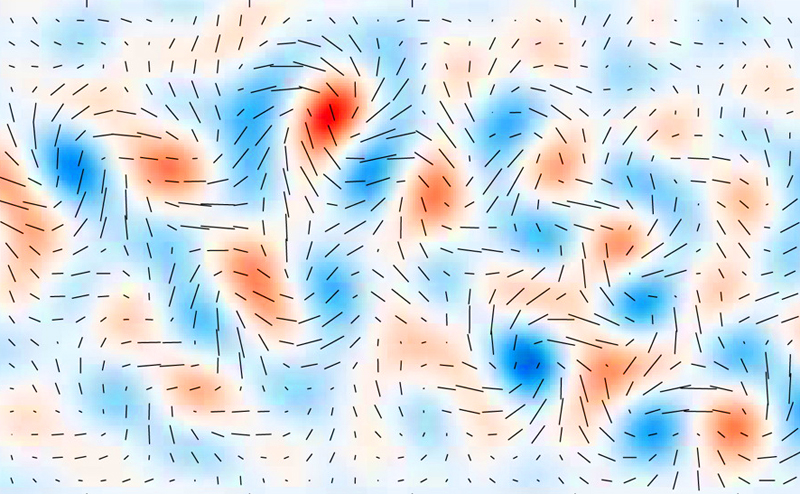Articles
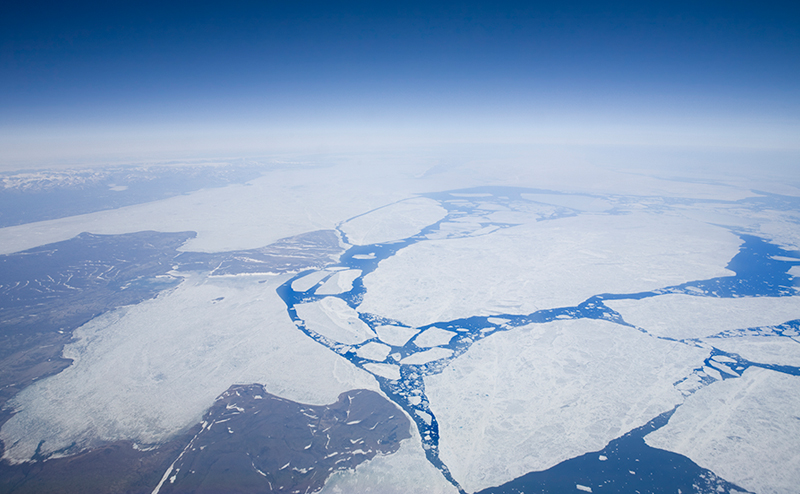
Another fall has arrived, and with it, another unusually low Arctic sea ice minimum. According to the National Snow and Ice Data Center, on September 17 the sea ice coverage dropped to the lowest this year, 1.94 million square miles. It wasn’t quite the lowest extent ever reached—that occurred in 2012—but was 463,000 square miles below the average minimum from 1981 to 2010, and the sixth-lowest extent in the satellite record.
Read MoreWhen neuroscientists Bradley Voytek and Timothy Verstynen got together for regular beer and horror film sessions, they naturally started wondering what was going wrong in the brains of zombies shuffling across the screen. Now, they’ve buckled down and delivered an exhaustive report on the science of zombie symptoms in their new book, Do Zombies Dream of Undead Sheep?: A Neuroscientific View of the Zombie Brain. We recently got a chance to chat with Voytek about the neuroscience of the undead: (Note: This interview has been lightly edited for clarity and length.) World Science Festival: So what is the most plausible way for “zombieism” to be transmitted? Bradley Voytek: I like to joke that I know nothing about the human body once you get below the brain. So if you’re asking me about immunology and epidemiology and genetics and infection, I have no idea. The canonical method is usually some blood-borne or bodily fluid-borne virus or infection of some sort. If we’re going to go for plausibility, there’s certain things in the animal kingdom like the Cordyceps fungus, which infects ants, and causes their behavior to change—the ant will climb up onto a leaf and bite down and hold on so they …
Read MoreMore than two tons of new supplies arrived at the International Space Station this week via SpaceX’s Dragon capsule, including 20 mice, an instrument to measure ocean winds, and a microwave-size 3-D printer. This last device—a collaboration between NASA and California-based startup Made in Space—will allow astronauts to print objects that can replace broken or lost parts of space station equipment. The printer will also allow astronauts to conduct experiments in orbit that could enhance the qualities of materials we use every day here on Earth.
Read MoreAh, autumn: falling leaves, warm mugs of tea, and astronomy! Though the autumn equinox is primarily associated in our minds with the advent of fall, it’s actually determined by a very specific astronomical event, not the whims of weather. The equinox occurs when the “subsolar point”—the spot on the Earth where the sun is directly overhead—lands exactly on our planet’s equator. This happens just twice a year, once in March (spring equinox) and once in September (fall equinox). In 2014 it occurred (for the second time) at 10:29 pm Eastern time on September 22; in 2015 it occurred at 4:21 a.m. (EDT) on September 23. At that moment, Earth was positioned such that its axis was tilting neither toward nor away from the sun.
Read More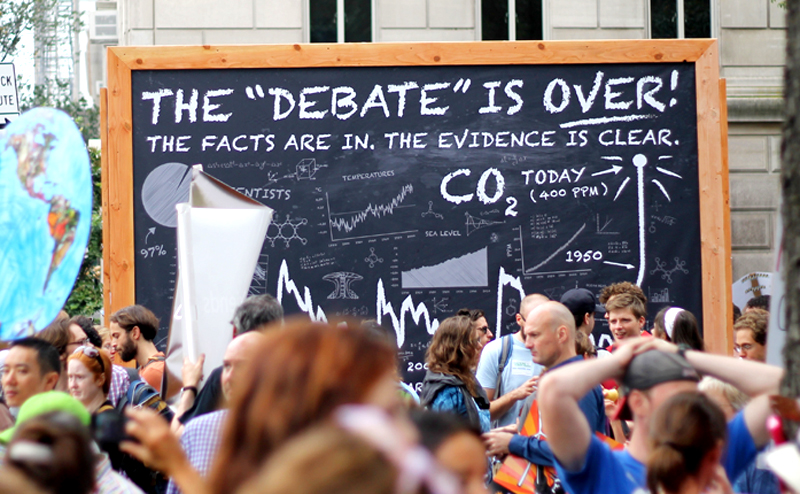
Climate scientists rubbed elbows with Quakers, food activists, and labor unions on Sunday, when more than 100,000 people (400,000, the organizers say; one group of observers calculated it was more like 125,000) thronged to the Upper West Side for the People’s Climate March, a massive demonstration designed to coincide with a United Nations meeting happening on the other side of Manhattan. One notable feature of this march was that it was organized into themed sections: Indigenous groups and other communities on the front lines of climate change led, while labor and student groups, renewable tech, and so forth, got their own designated section. The climate science contingent, which lined up just a block or two away from the American Museum of Natural History, formed behind a line of massive yellow flags that proclaimed in black block lettering: “The Debate Is Over,” echoed among the signs in the science bloc (some sporting charts): Sneak preview… Scientists are bringing the data to the #PeoplesClimate March! #ScienceStands pic.twitter.com/wSd1XWxin8 — Science Stands! (@sciencestands) September 21, 2014 Framing climate change as a settled consensus, not a debate, was certainly the sentiment among scientists at the march. It’s hard to argue with the fact that 97 …
Read MoreIt increasingly looks like the swirling cosmic pattern seen by scientists using the BICEP2 telescope is not a signal of gravitational waves—and, consequently, evidence for the rapid inflation of our universe right after the Big Bang—but rather an artifact of magnetized dust spread throughout our galaxy that originates from dying stars. In March, the BICEP2 team pointed to a swirling pattern they detected in the cosmic microwave background radiation, which reverberates from the Big Bang to this day. If confirmed, the BICEP2 results would have been an exciting piece of evidence for cosmic inflation, vindicated one of Einstein’s predictions, and given scientists a key to unlocking the secrets of quantum gravity. But only if the discovery was confirmed, as many physicists were careful to point out. There always remained the possibility that the signal was not from gravitational waves, but something else. Now, another research team has released a new analysis of data collected by the Planck space telescope showing a full sky map of the interstellar dust around us. And the region examined by BICEP2, omitted by previous dust maps, turns out to be really dusty—enough that the polarization of said dust by the magnetic fields of the Milky Way can start …
Read More







